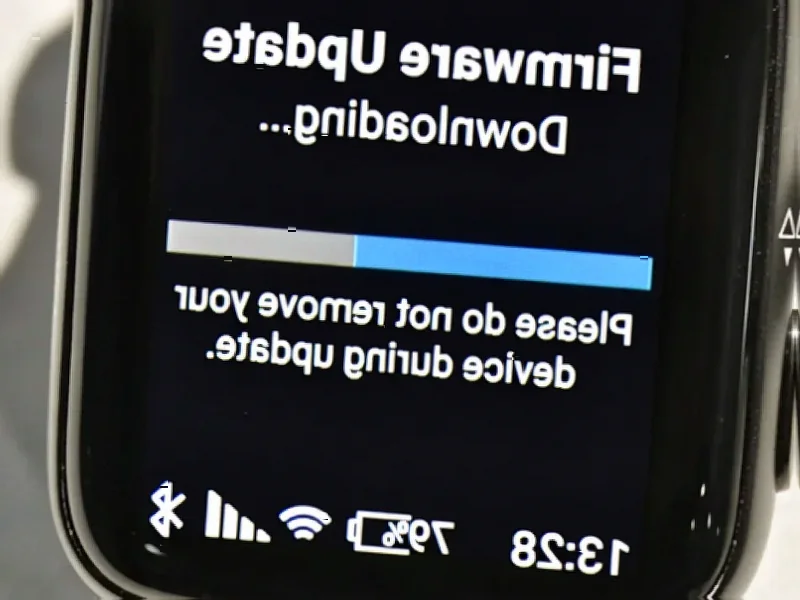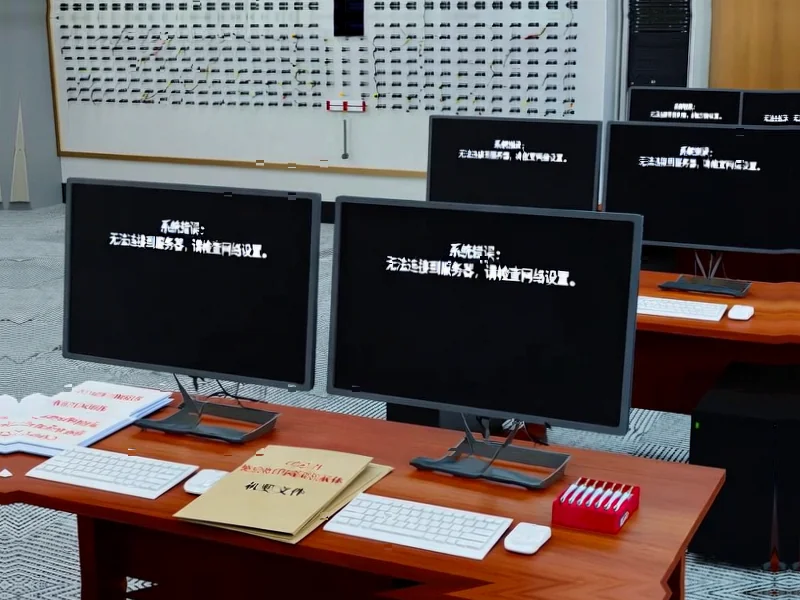According to The How-To Geek, Google has removed its Clock application from Wear OS downloads for all non-Pixel Watch devices, making the app exclusive to Google’s own hardware. The change means existing users on third-party watches who already have Google Clock installed will retain the app but will no longer receive any updates from the Play Store, including critical bug fixes and security patches. This move follows Google’s similar handling of its Weather app and signals a broader strategy of tightening control over the Wear OS app ecosystem. Google confirmed that watch brands “offer their own default clock apps on Wear OS,” suggesting this is part of a deliberate platform strategy. This represents a significant shift from Google’s previous approach of making its apps universally available across the Wear OS ecosystem.
Table of Contents
From Open Platform to Walled Garden
Google’s decision to restrict core applications like Clock to its own hardware represents a fundamental philosophical shift in its approach to Wear OS. Historically, Google positioned Android and its derivatives as open platforms where users could choose from multiple hardware vendors while maintaining access to Google’s ecosystem. This new direction mirrors Apple’s tightly integrated approach, where hardware and software development are intrinsically linked. The move suggests Google has determined that the fragmented nature of Wear OS—with various manufacturers implementing different hardware capabilities and software skins—has hindered the platform’s ability to compete effectively against Apple Watch.
The Hidden Security Time Bomb
While Google’s announcement focuses on feature availability, the security implications for existing users are substantial. When Google states users “will no longer receive updates from the Google Play Store,” this includes critical security patches that address vulnerabilities discovered in the future. Clock applications, while seemingly simple, often have permissions to control alarms, timers, and system-level functions that could be exploited if vulnerabilities remain unpatched. This creates a situation where users must choose between continuing to use a potentially insecure application or switching to an unfamiliar alternative, neither of which represents an ideal user experience.
Wear OS’s Uphill Battle
This strategic tightening comes at a critical juncture for Wear OS in the broader smartwatch market. Despite Google’s partnership with Samsung revitalizing the platform, Wear OS continues to trail Apple Watch in both market share and developer engagement. By making Pixel Watch the “first-class citizen” in the Wear OS ecosystem, Google may be attempting to create a reference standard that demonstrates the platform’s full potential. However, this approach risks alienating hardware partners who have invested in the platform and could potentially drive them toward alternative operating systems or accelerate development of their own app ecosystems.
The Domino Effect for Other Google Apps
The pattern established with both Weather and now Clock suggests this is not an isolated incident but rather the beginning of a broader trend. Other core mobile applications like Calendar, Keep, or even Gmail could follow the same path toward Pixel Watch exclusivity. This creates a challenging landscape for consumers considering Wear OS devices—they must now weigh whether to invest in Google’s hardware to ensure long-term access to the full Google ecosystem or accept that third-party watches will increasingly rely on manufacturer-developed alternatives that may not integrate as seamlessly with other Google services.
How Watch Makers Might Respond
The void left by Google’s retreat from third-party watch support creates both challenges and opportunities for other Wear OS manufacturers. Companies like Fossil, Mobvoi, and others now face increased pressure to develop robust alternative applications or potentially license third-party solutions. This could accelerate innovation in the smartwatch software space, but it also fragments the user experience across different devices. Manufacturers might also respond by deepening their relationships with alternative service providers or accelerating development of their own platforms, potentially weakening Google’s position in the wearable market long-term.
What This Means for Wear OS Users
For current Wear OS users on non-Pixel devices, this change represents a degradation of their experience over time. As noted in Google’s support documentation, existing installations will continue to function but will miss out on future features and security updates. This creates a ticking clock scenario where the application becomes increasingly outdated and potentially insecure. Consumers shopping for new Wear OS devices must now consider not just hardware specifications and price, but also whether they’re comfortable with manufacturer-specific applications replacing Google’s first-party offerings for core functionality.




bu84hh